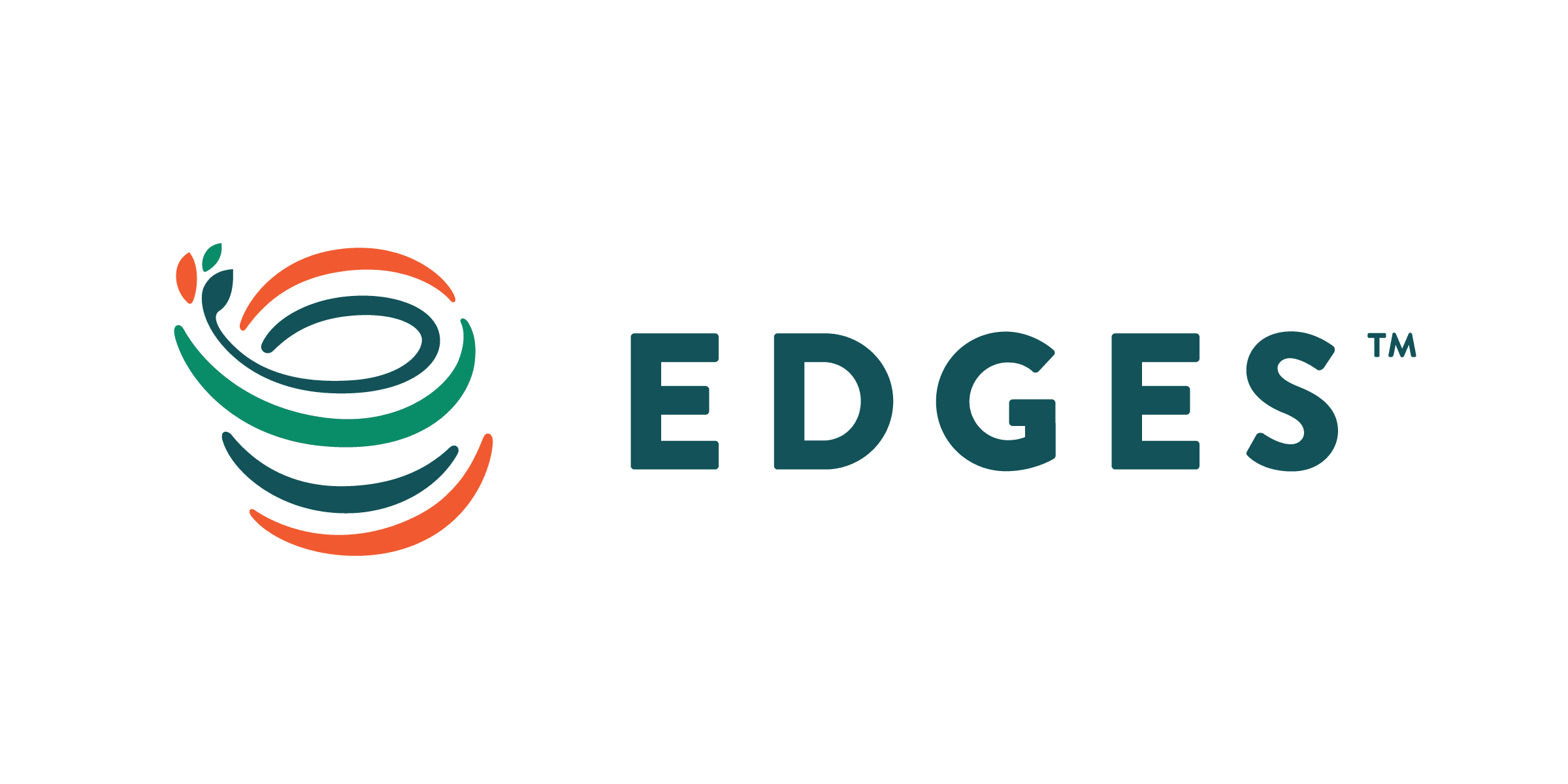How are competencies used in performance management?
An organization cannot reach its goals without the intentional alignment of its people to those goals. Thus, effective organizations look to their senior leadership to implement a competency-based talent development program to grow and equip teams. Often, this takes place in Human Resources, but can also involve different business units, such as Operations, Technology, Customer Service, and/or Sales. The best efforts are collaborative.
There are several critical factors in talent development and management. The ability to maximize people’s potential within an organization is essential for the organization to reach its goals and yet much more effective when built upon a job architecture that directly connects positions to the goals of the business. This architecture, which we refer to as the People Strategy, serves as the core foundation to get, keep and grow valuable members of the team and is a primary tool to drive a healthy, results-oriented culture and accelerate engagement.
Job Descriptions Must Be Clearly Defined
Full alignment of the People Strategy to the success of the organization and the delivery of its goals is a primary tenet for effectiveness. Workflow should be aligned to deliver the processes that drive the company. Job Descriptions should be written to enable team members to clearly understand their parts in those processes. Clearly defined job descriptions will highlight the competencies (also referred to as skills or capabilities) necessary for the person in the position to be successful. Job descriptions must also outline the results expected from those processes within each position to enable more clarity and accountability.
Job descriptions are often overlooked or haphazardly developed and put on the shelf for years. They are an integral element of the people’s experience and when done correctly, they enable transparency about what each person is responsible for, not only for the individual but also for their team members. Good job descriptions will provide a foundation for the organization to hire, onboard, and develop employees, while also laying the expectations for excellent performance management. When shared across teams, they will drive team communication, collaboration, and productivity necessary for teams to excel.
Talent Management Milestones
The following milestones will drive solid job architecture and ensure a high level of talent development:
1). Complete Competency Identification – To fully understand the primary drivers for success within the organization, outline which competencies are needed to support culture and achieve success (also referred to as strategic goals) within the company. This work also needs to be done for each Position. Generally, there are a few competencies that everyone needs to have, and then specific competencies are required for each position to enable the person in the position to effectively complete the work.
2). Develop Competency-Based Job Descriptions – To enable clarity about expectations and accelerate engagement, this should be done for every position held by an individual. It should include tasks and metrics targets. This document will be used in talent development and as a basis to hire, onboard, and measure performance. This work can build on what is already in place as long as it is robust enough. Whether adding to or starting over, this work should involve effective incumbents in defining what is needed for their positions.
3). Establish Competency-Based Hiring – This should be done, at the very least, for all key positions in porter to hire better and improve retention. This work will ensure that the organization does not “title” hire an under-skilled employee who has held jobs in the past with similar titles but not the necessary competencies.
Generally, organizations have a process to screen resumes, a first-stage process, and a second-stage process for candidates, narrowing the field at each stage. Be sure hiring methods are legally defensible and free from adverse impact. This effort should involve internal Human Resources and/or outside counsel review.
4). Develop a Competency-Based On-Boarding Program – This should be a part of every employee’s new hire experience in order to accelerate engagement. Welcome new employees and equip them from the start. Inclusion at its very core is that a person feels welcomed and valued.
Six important onboarding must-haves:
- Orient around culture and values.
- Teach key competencies and why they are valued in the organization.
- Introduce new employees to their teams and enable communication early. (Consider EDGES™ Inter Face Methods Team eXcelerator™ as a means of onboarding employees to their teams for fast productivity.)
- Develop a 30-90 day self-managed Training Experience Roadmap to ensure new hires learn their jobs faster.
- Utilize mentors, subject-matter experts, and available training to ensure effective learning.
- When a person is internally promoted, they should immediately engage in the plan for their new role.
5). Develop a Competency-Based Performance Measurement Process –This should be done consistently across the organization in a way specific to each person’s position and expectations to ensure accountability for results. When performance management is generic, there is usually a misalignment between what the employee is being evaluated upon and what they are asked to do on a daily basis.
Succession Planning as a Basis for Talent Management
Develop a Competency-Based Succession Planning Process to ensure a strong and capable talent pipeline for key roles across the organization. This will enable the organization to prepare talent in advance of the need, and know who they are, where they are, and what they want. Doing so will ensure that key positions aren’t vacant for long periods of time and will ensure a right fit when filling the position. The deeper this goes, the more engaged employees become in their own careers.
Good succession plans have these key elements in common:
- There is a means by which a person’s skills are measured that includes multiple data points from their team members and in alignment with his or her mastery.
- There is a regular cadence surrounding the review of talent in which candidates are regularly reviewed for their progress and skill sets.
- At least 2 candidates are identified for each key role, according to their skills that match the role. Those candidates are asked about their interest in career growth.
To learn more about talent development and management milestones, and succession planning, as well as a look at training topics by level, read our white paper Developing Talent: A Competency-Based Approach to Get, Keep and Grow Talent.
Remember that compensation and rewards must also be an integral part of the People Strategy and should be aligned with incentives to support culture, act on values, develop skills and deliver desired results. Also, remember that the technology that drives the employee experience must be aligned. Finally, remember that people change and grow every day. Be sure your processes support their ability to do so and your leadership team’s ability to view the progress.
Every Day Growth Equals Success… Consider EDGES™ to expand your team’s capacity in developing a People Strategy that ensures engagement, cultural support, high performance, retention, and talent development.

